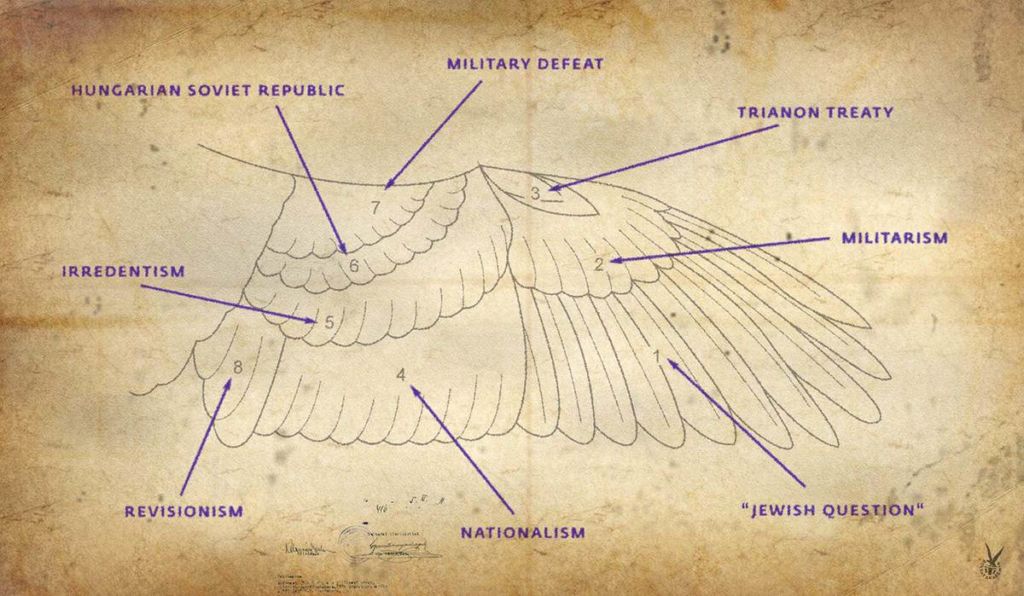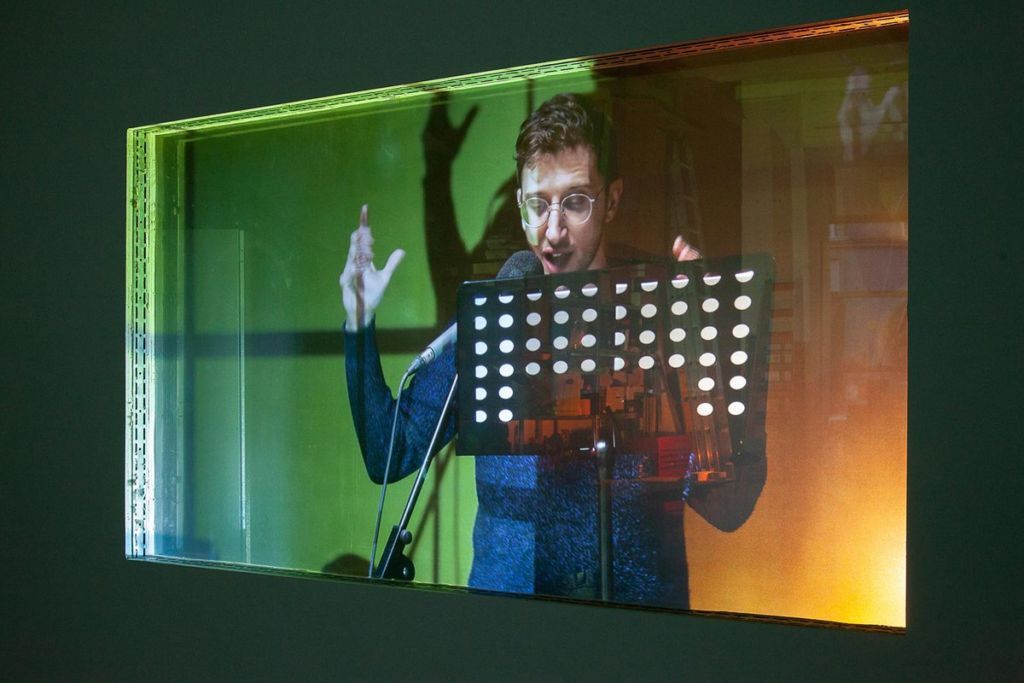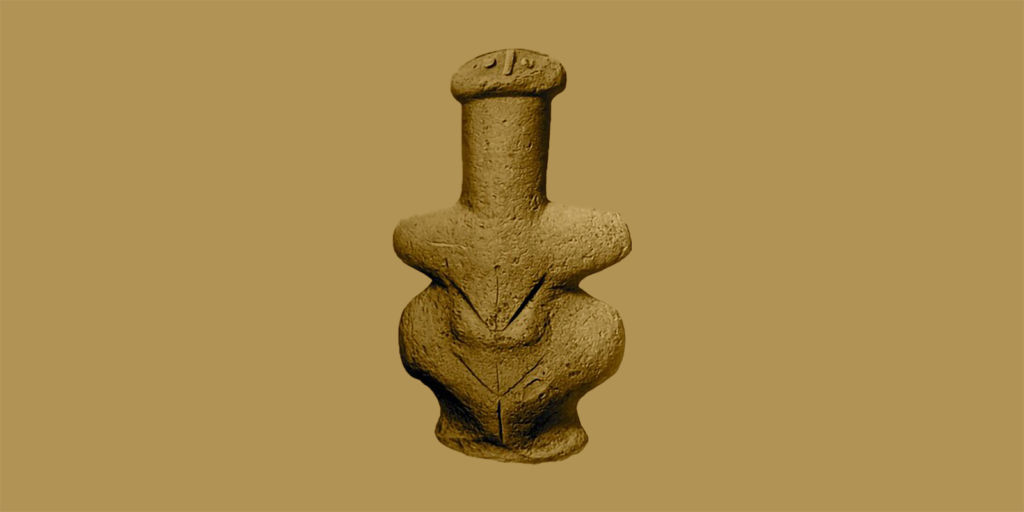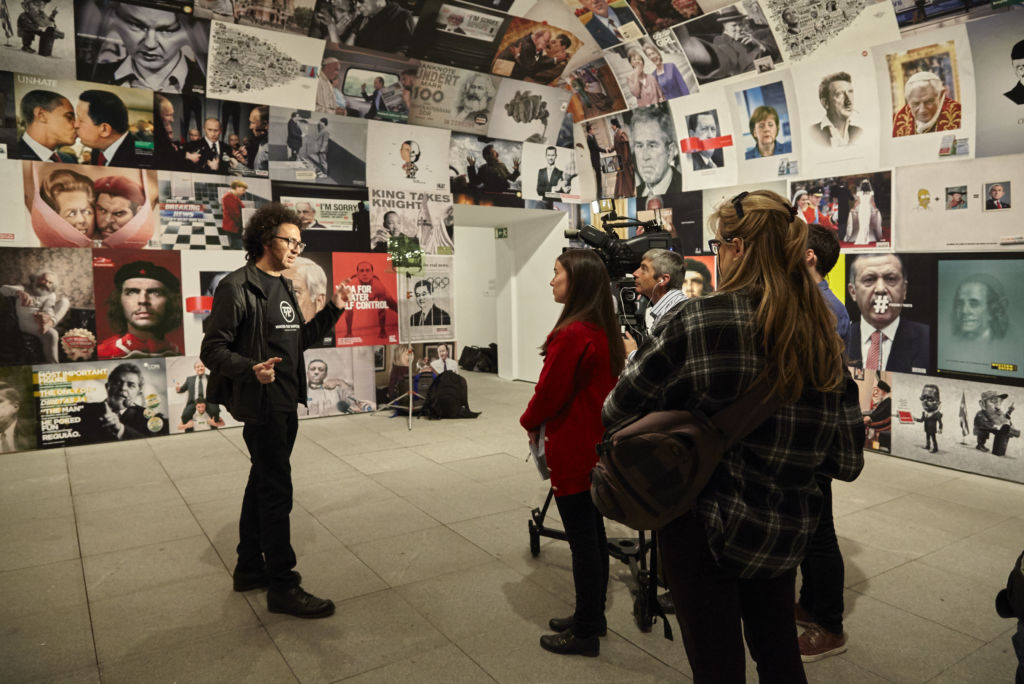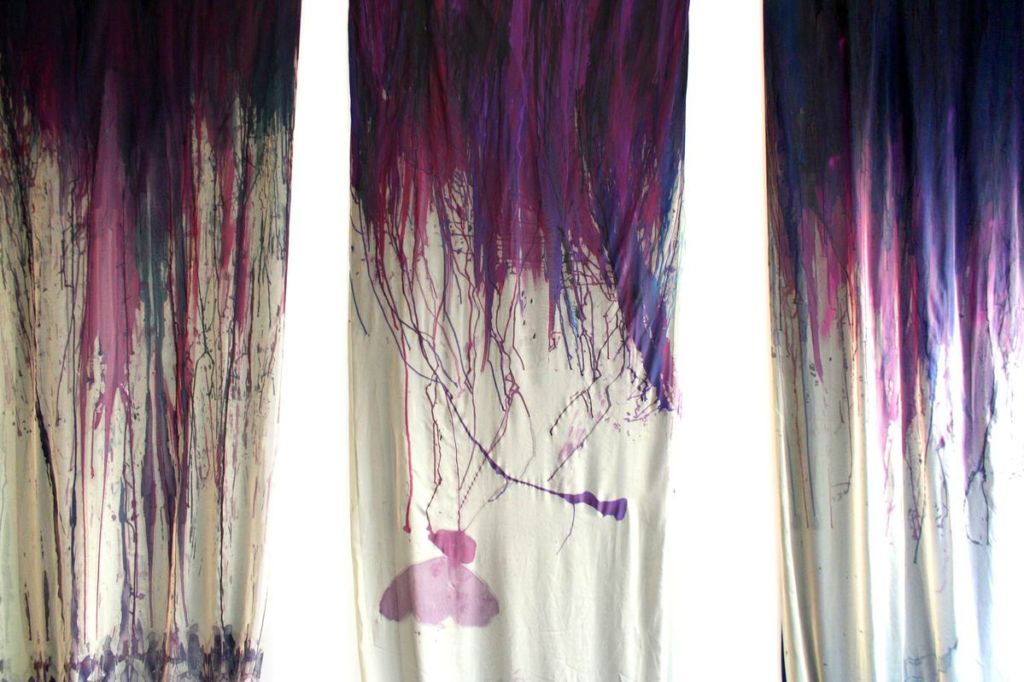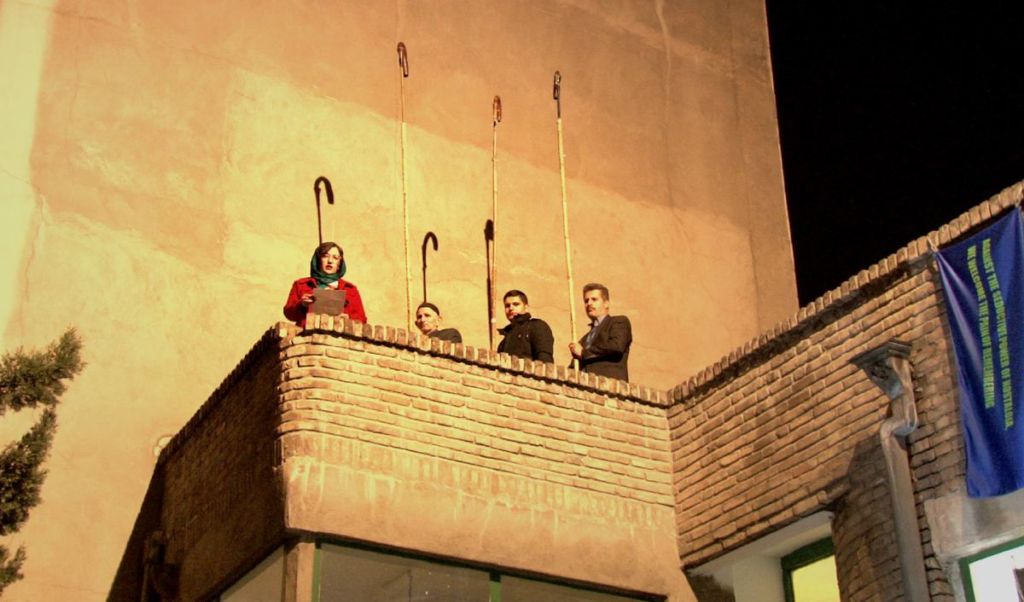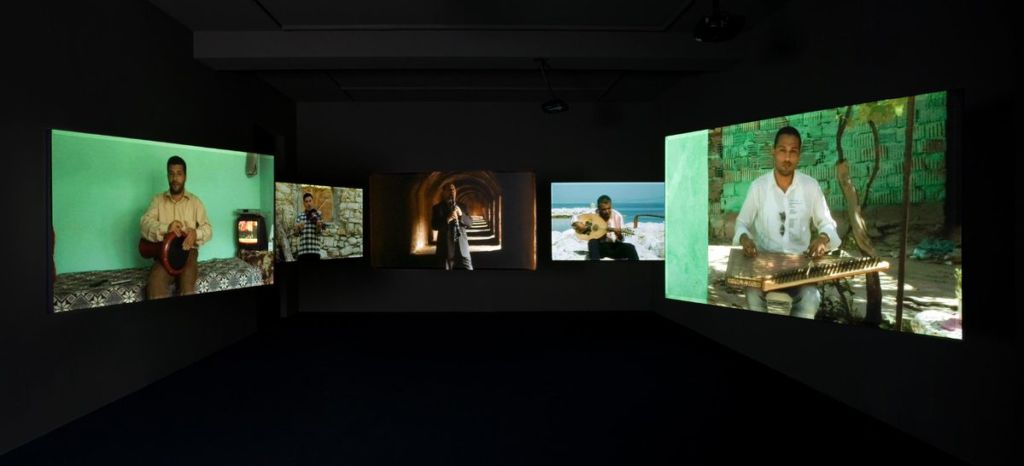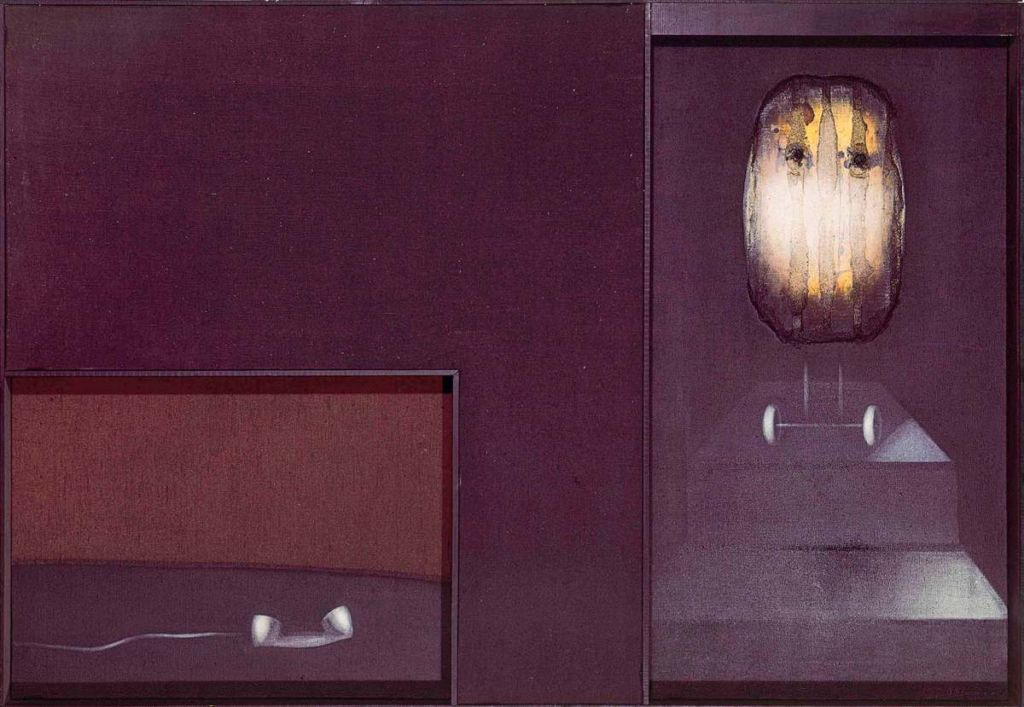Presented on a number of websites as a must-see tourist destination in Shanghai, 1933 Laochangfang—1933 Old Millfun in English, or sometimes just abbreviated 1933—is a former slaughterhouse, a sprawling concrete building situated behind the Huangpu port district. For years the city has attempted to revitalize the site by converting it into a shopping and entertainment center.
A cóng is a sculpted block of jade, often squat, with a tube-shaped inside and rectangular outsides.
This and the following quote are from Empire of the Sun (1984) and Miracles of Life (2008) by J.G. Ballard, published in France by Folio.
For more on this, see Chine trois fois muette (2000) by Jean-François Billeter, published in France by Allia (not yet translated to English).
An expression used by Sun Yat-SEn a posteriori to designate the numerous colonial treaties imposed by foreign powers following their military victories and signed under duress by China.
To give an idea, Shanghai only counted six hundred and fifty foreigners in 1992, versus fifty thousand again today, in addition to three hundred thousand Taiwanese.
Wang Bing, ‘Til Madness Do Us Part (2013). French version (À la folie) released on DVD by Arte Editions, 3h47.
Whether you come from the North Sichuan Road subway, from Hubai or by foot, walking along the river that cuts from north to south through Hongkou district where 1933 Old Millfun is located, you pass through spaces that seem, despite the relatively short distances, to contain and condense the immensity of Shanghai. Gentrified neighborhoods alternate with office buildings, residential towers with clusters of small houses, sheets and clothes still hang out to dry on public clotheslines while across the way, small groups of retirees sit on their doorsteps drinking tea, playing cards and eyeing the passers-by. The tall, misty towers of Pudong appear and disappear from view at every turn, and there is the inescapable omnipresence of construction, demolition and, above all, ruin.
The ruins are everywhere in Shanghai, at various stages of their short lives: deserted housing developments with walled-up windows hastily abandoned by inhabitants who have been relocated elsewhere; dusty pieces of half-demolished buildings; occasional empty lots strewn with rubble and plastic debris, peacefully populated by clans of stray cats. But they are only in this state of immobile silence for a short while: soon new machines arrive, digging foundations and erecting sleek, modern, profitable buildings that are utilitarian and more consistent with the self-image that China’s first city seeks to promote. Until that time, however, diversity rules the landscape.
Unequal treaties and a festive climate
And yet this diversity still cannot prepare you, when arriving at 1933, from being surprised by the building’s incongruity: on the outside, it simply looks like a large cube of dark concrete (to be more precise: a rectangular parallelepiped with 45° vertical beveled angles) with a façade that looks like glazed lattice spreading from the first to the top floors. Aside from the number of levels—three or four, depending on whether you count the European or Chinese way—these openings reveal nothing about what lies inside. If, for those who are sensitive to a place’s aura or to shapes reminiscent of totalitarian architecture, the appearance and strangeness of this façade provoke a sense of anxiety, the discrete but unmistakable presence of Starbuck’s immediately reassures, erasing any doubts, in part, and providing a hint as to the building’s purpose. The other windows on the ground floor, overshadowed by the column-lined gallery, look onto a gym, a convenience store and several less intriguing shops.
The building’s main entrance is in the middle, next to the café. Once inside, all memory of its exterior is erased: I feel like I’ve entered a shopping mall, albeit a dark one with low ceilings and made entirely of concrete. Only after taking a few steps forward do I reemerge into the daylight of the inner court, which is filled almost entirely by the second part of the construction, a circular atrium also made of concrete and glass. The atrium is connected to the first part of the edifice by what seems to be an anarchic tangle of walkways and bridges: looking up, you get lost in the multitude of diagonals, perspectives and vanishing points. The general look of the building, a round form within a square, evokes the Chinese cong, a religious object whose function is ambiguous but that illustrates the ancient notion of a round universe and a square Earth nested one into the other1. However, the slaughterhouse was designed in 1933 by a British architect named Balfours, about whom neither I nor anyone else has found any trace. Financed by the Shanghai municipal council, this building ostensibly inspired two others of its kind, one in London and one in the USA, or perhaps India, yet there remain no vestiges nor direct accounts of these two other hypothetical slaughterhouses.
In 1933, the Japanese armies had already invaded Manchuria but were still four years away from ending the “fifty-year-long party that was Shanghai”, as J.G. Ballard called it, himself a British citizen who spent his formative years in the city2. For it was indeed during the 1920s and 30s that Shanghai rose to become a giant financial capital, evolving from a port megalopolis into the capitalist avant-garde of Asia3. “Everything could be bought or sold,” says Ballard in his autobiography, in which he paints an apocalyptic portrait of Shanghai where war and extreme misery proliferate alongside the wealthy inhabitants of the “foreign concessions”. These were—for the period of time when there were only the French and international concessions, in the latter of which the 1933 was located—an important part of the city center. Great Britain obtained its own concession only after the First Opium War, before fusing with the American one, when its army methodically ransacked the Old Summer Palace, the legendary Yuanming Yuan Gardens of Perfect Brightness, alongside Napoleonic troops in the early 1860s, and after signing new “unequal treaties” 4.
In the 1930s, about fifty thousand foreigners lived in Shanghai5, and did so entirely removed from the worries of the Sino-Japanese war. In this relatively carefree environment of intense economic prosperity, the members of the foreign concessions council, which counted not a single Chinese person, decided to offer the city a slaughterhouse, the most expensive and efficient one ever built at the time. Aside from the stress of having to provide meat to this rich population, one might imagine that this type of construction contributed quite thoroughly, in the colonial imagination, to Shanghai’s rise to the rank of industrial city within a vast country that was still predominantly rural.
The Yu Hongji Construction Firm contracted to build the slaughterhouse was Chinese and one of the three biggest construction companies in Shanghai, but the cement was imported, once again, from Great Britain. Limited as I am to Anglo-Saxon references (due to my basic level of Chinese), it is impossible to ascertain whether Balfours knew Shanghai at all or conceived his plans in England before sending them to his counterparts in China and, possibly, the USA or India. In these other countries, I doubt that the shape of the slaughterhouse would evoke the universe and the Earth; at most it recalls the Panopticon envisioned in England for the Bentham brothers at the end of the 18th century. Even if Balfours or his collaborators had been familiar with Chinese thinking, one wonders what this shape might evoke in other parts of the world, aside from a subconscious and, for all intents and purposes rather superfluous dimension of exoticism.
History • Architecture • Lifestyle
Inaccurate or unfounded though it may be, some of the information mentioned above comes from the bilingual Chinese-English brochure distributed at the 1933 welcome desk, where you can also find photo postcards depicting the building’s empty interior.
In reality, the 1933 is rarely empty. Though it may be less densely frequented than other shopping centers proliferating throughout Shanghai, it seems to attract a noteworthy amount of tourists, solitary wanderers and general curiosity. ‘History, Architecture and Lifestyle’ reads the brochure, which then goes on to describe a vague array of activities on offer: shopping, dining, and the “Fantastic 1933”. ‘Spicy Party, Modern Drama, Fashion Rendezvous’: this last page refers to the large, round conference room located at the top of the atrium, where marketing events, some concerts and the occasional gala are held. From the look of the pictures, the room—decked out in giant screens and thick curtains—looks like any other room dedicated to these purposes.
In addition to this promotional information, however, the backside of the brochure includes the history of the slaughterhouse and how it operated. It mentions the many columns—over three hundred—that support the ceilings without requiring cross-beams, the structure made entirely of concrete, and the aeration system which I described earlier as latticework. The latter deliberately faces west, toward the Buddhist heaven, to channel the souls of slaughtered animals away from concrete purgatory. More prosaically, it was designed to keep the slaughterhouse cool in the intense subtropical heat and to air out the nauseating odors that naturally emanated from all the butchery. At the time, it was the very height of technology.
The alignment of the octagonal columns and their flared tops recalls perspectives from roman basilica, whereas the cattle bridges and walkways create playful fluctuations of light and shadow. Walking around the atrium on the ground floor, I mainly notice that most of the shops—a jeweler, a gym—are bathed in darkness and do the best they can with electric light, lending the place a rather troglodytic, or vaguely medieval atmosphere.
There are countless elevators and a multitude of spiral staircases connecting to the upper floors, but the brochure recommends that visitors follow the path taken by livestock, in order to “feel the style of the 1930s”. A few green plants languish next to the entrance ramp, which adjoins a triangular space, open and flanked by heavy gray numbered doors next to which pictograms have been added for a ‘bygone’ effect, representing caged livestock. Confinement room, it says. In front of these dungeons, the ground is round, grooved and lined with gutters to channel the flow of animal blood. The more hands-on aspects of slaughter must have taken place here. The livestock, pushed this way via the access ramp on the first floor, probably grasped rather quickly the fate that lie ahead. While climbing the gentle slope, which had been crudely scoured to prevent hooves from slipping, I imagine the style of the 1930s as one including a certain amount of tension.
On the upper floors a slab of smooth concrete has been poured onto the ground. From the first floor you can get a better view of the many bridges, which gives you a clearer idea of the 1933’s convoluted shape. Photographers dot the landscape, playing hide and seek amongst columns and balconies: amateurs or professionally-equipped, alone or with their models, they seem to constitute the most perennial category of visitor, happily discovering the photogenic generosity of this labyrinth of lines and curves. Despite the light bulbs, the walkway encircling the entire building remains dark: the low ceiling and the rotunda-filled courtyard block out natural light, and the little that does reach through to the large hallway quickly recedes into a general dimness.
While making the rounds, I am overcome by a sense of familiarity: this architecture, this inner courtyard encircled by a walkway that dominates the view and offers the only pathway to travel the entire periphery, reminds me of the one in Chinese director Wang Bing’s film ‘Til Madness Do Us Part. In this long documentary filmed almost entirely indoors, we follow the daily life of about forty interns at a psychiatric hospital in Yunnan, two thousand kilometers southwest of Shanghai6. In Wang Bing’s film, however, the hallway is enclosed by wire mesh and is much narrower. It is both a path that can offer the occasional circular stroll and a connector between the rooms where the captives live and sleep. At 1933, the rooms were once cold storage rooms, or ones where livestock ate their final meals. Today they are the restrooms, kitchens and even a restaurant tastefully called “The Bull Market”. Although the hallway of the 1933 is not fenced in, it is no less oppressive than the one in ‘Til Madness Do Us Part: since the atrium is always close at hand, you never have a clear view. The only lines of sight that move away from the smothering gallery are granted by funnel-shaped bridges of various widths that the livestock took, after their meal, on their way to the atrium, where they were killed.
New life
To my knowledge, the 1933 is not the only slaughterhouse to have been reconverted. At a time when refrigerated transport was more or less non-existent, slaughterhouses were still built in the city center, undoubtedly to find the shortest possible producer-to-consumer circuit. Today it is hard to imagine herds being shuffled by foot or by truck through the decontaminated streets of a major metropolis, and the slaughterhouses, like most other industrial buildings, have been relocated away from the sensitive eyes and noses of the masses. Some ancient slaughterhouses, like the ones in Toulouse or Rome, now house contemporary art museums, while others—including the ostensible twins of the 1933—have been destroyed to make housing for less superstitious city dwellers. After a halt in beef production, the former slaughterhouse served various other functions before spending several years suspended in a state of ruin. Perhaps an art center was envisioned within the walls of the 1933, and then abandoned, since the overwhelming architecture would have been too imposing and incompatible with the needs of an exhibition space.
Regardless, the activities that take place here today are as varied as they are arbitrary: on the first floor there is a cigar club, a theatre whose bilingual posters claim to draw an international public, a few trendy shops and a café that is, for the most part, a space reserved for dogs to play on miniature slides as the staff gently looks on.
After walking the entire square perimeter of the courtyard, I follow a narrow staircase to the second floor. There are details everywhere to remind you of the place’s memory; giant steel hinges are still stuck in the concrete frames of openings, and some are even integrated to the railing in order to facilitate the current flow of visitors, who no longer run the risk of crossing paths with a stray bull.
The walkways on the upper floors do not go all the way around the building. On the western side of the façade, the one used for the ventilation system, the galleries have been staggered, still accessible by crossing stairs and ramps. The higher you go, the more sunlight enters the space, and the start-ups and other studios specialized in baby portraits on the last floor are, in this regard, the most fortunate. On the rooftop are a few desolate terraces awaiting finer, springtime days to be revived.
The last floor of the atrium is the nerve center of the 1933, not only topographically speaking, but also from a lucrative point of view. After finding my way inside by crossing one of the concrete bridges, I notice I am in a large conference room. According to the brochure, the room’s glass floor is in the latest style and can support up to four hundred kilos per square meter. The slaughterhouse’s proximity to one of the biggest Bund hotels is also emphasized, as is the existence of a freight elevator that can lift a car up to the room.
Seen from beneath, one floor down, it is impossible to judge whether a new concept car model is featured on tonight’s stage, but the excitement is palpable through the glass ceiling. Caterers stumble through stairways and technicians test all of the speakers at the same time in a loud confusion of sound. Probably tables are being set up in the vast rectangular dining hall on the western side, where the presence of two security guards successfully dissuades me from entering.
The rest of the atrium seems empty, aside from the occasional silent photographer lurking here and there. There are no activities planned over here. The atmosphere is once again immersed in darkness; between the columns that surround the central well they have installed glass doors coated in heavy curtains. Behind them, in the middle of the side rooms, dusty boxing rings slump, abandoned, probably on the very spot were the slaughter took place. This round space is not quite so huge, and there remain no other traces of permanent enclosures. Difficult to get a sense of where and how the animals ended their journey other than in complete and utter chaos.
The first floor is organized following the same principle. Instead of boxing rings, there is a kind of Hunger Games court shrouded in complete darkness, protected by camouflage-colored nets. A screen shows an infrared video of young people wearing night-vision goggles shooting arrows at one another in an arena strewn with big foam structures. There too, silence, and nobody to rent me a sword.
At the bottom of this central pit the ambiance goes to the other extreme: a vivid universe that seems completely insane in this context, between Alice in Wonderland and the Lost Boys’ Neverland tree, made of painted wood, AstroTurf and small huts piled topsy-turvy. I go down there to find out more: it is a hall for escape games, a life-sized party game where players are locked in a room and have to solve puzzles within a limited amount of time in order to find the exit. I almost regret that everything is in Chinese: in the end, this kind of mental labyrinth is certainly the kind of activity that fits best with the 1933. This spot is like the multicolored heart of a strange blockhouse and perhaps even the reason why the authorities, who are usually less inclined to maintain buildings built during the colonial past, insist on preserving this particular one like a monument.
Passing back through the entrance hall, the place seems even more deserted than when I arrived. I exit safe and sound, and ready to continue my walk.
[rl_gallery id=”10138″]
Translation by Maya Dalinsky
Thanks to Paul Devautour
Cover and portfolio: © Wang Yang






